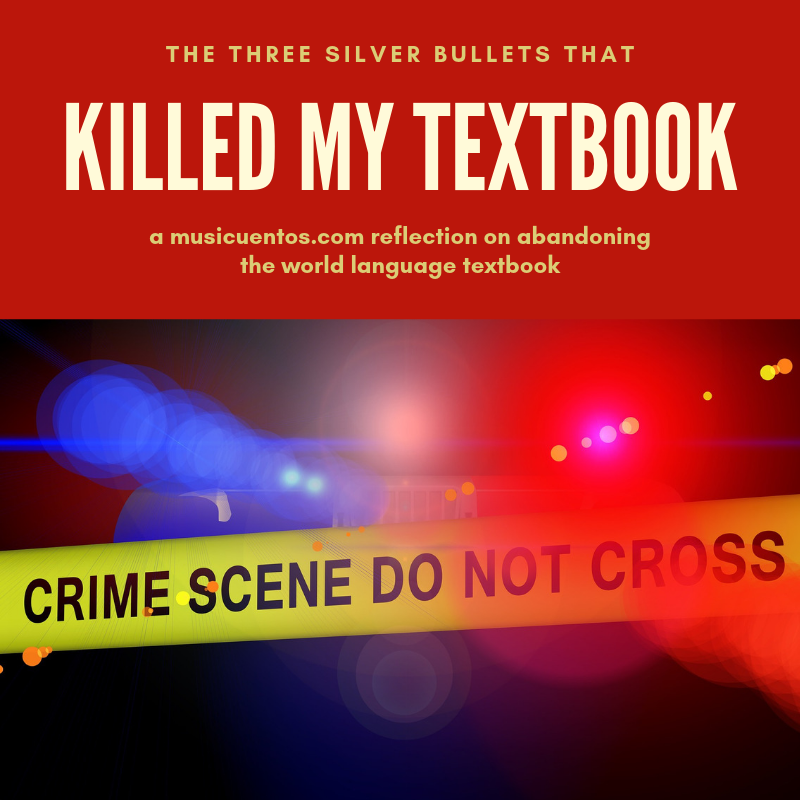I’m about to let you in on a well-kept secret.
(clears throat)
I love textbooks.
You read that right- I truly do. And the more worksheets, the better. I love grammar exercises, finding the patterns and replicating them, filling in all the blanks.

Most people are not like me.
That is, I love them for me. Because I’m a grammarian, a linguist, an analytic learner who loves dissecting language and rebuilding it and getting all the things exactly just so. Last week some of my Congolese ESL learners were trying to get me to say some things in Kinyarwanda and I figured out how to change what they were saying in order to communicate that my children were not at home but rather at school. I didn’t acquire any Kinyarwanda and can’t tell you what I said. But they smiled and clapped for me- because they didn’t know that I have a lot of practice in taking language pieces apart, even African ones which are not my expertise, and reforming them into something different. It’s a neat parlor trick but little else.
For my students, though? That’s another story. Well, caveat, I used to love it for them, too. Champion of all Spanish teachers, the one who taught fourteen tenses by the end of Spanish 2. (What do you mean, you’ve transferred in from the Spanish 2 across town and you’ve never heard of the IMPERFECT?!)
Thank God, I’m a different teacher than I was. These days, I know and you know that the verb conjugation practice in every chapter isn’t going to become useful language for our learners. And thankfully, now I know and you know that the vast majority of my learners aren’t me. My learners haven’t touched a Spanish textbook in… let’s see… nine years.
Textbook: gone in a flash or fading away?
How does a teacher transition from a textbook to no textbook? Some teachers go to a workshop that changes their perspective completely and go back and chuck all the textbooks in the dumpster. That was not me. I went to a series of workshops that made me seriously reconsider why and how to deliver comprehensible input for large portions of my class period. But they didn’t help me figure out how to do that with any sort of structure that would help me in three very important ways:
- maintain my sanity by knowing where we were going
- assess students to know how far we’d come
- report our progress and direction to administration
So, what happened was more like this:
- Year 1: I ventured outside the textbook, I essentially used stories and music to pattern and emphasize the content in textbook chapters. I noticed that we ended up using the textbooks so little that…
- Year 2: I had learners keep the books on the classroom shelf and grab one whenever they came in. Then I noticed we were using them almost not at all, so…
- Year 3: The books went in a closet, and we never looked back.
As I reflect on my slow journey to a textbook-free classroom, I’ve identified three keys to unit planning that were like silver bullets that killed the textbook for me.

And the cause of (textbook) death was…
These are the unit-building and lesson-building elements have allowed me to keep my head above water and deliver effective input.
1. The essential question
Whether you call it something like a unit objective or something like a Driving Question (like project-based learning does), the first fatal blow for your textbook is when you develop a quality guiding question for a particular unit of study (a chapter, a theme, even a country). I tried to think of one that would be an example of something you’d find in a textbook, but they really don’t seem to have a guiding element at all. Every chapter seems to loosely ask,
How can we tie together this technology vocabulary, stem-changing IR verbs in the preterite, the suffix –ísimo, and deforestation in the Amazon?
Slowly, I looked at my content with my own questions. In the beginning, my questions tried to unify the textbook content I was looking at.
How can we use these verbs to talk about something useful?
That led me into ideas:
How can we talk about a movie plot?
How can we interact in sharing a meal together?
Later, as I began to delve into intercultural competency, these questions started to be framed more like “How does the way people…
- celebrate birthdays,
- come of age,
- interact with nature
…reflect their culture?”
As I began to explore project-based learning, the questions began to look like “What can we create to…
- help newcomers know about low-cost options in medical care?”
- show visitors the best places to visit in our city?”
- help coffee drinkers understand the importance of fair-trade purchases?”
Let those questions drive your units, and the textbook is all but dead.
2. Macro Can-Do statements
It wasn’t long after creating something to unify our chapters that I began to use Can-Do statements to preview our unit assessment. What was our unit building up to and why? There wasn’t going to be any test with
- I can identify the subject that matches a particular conjugation of a stem-changing verb.
- I can label the items on a grocery store shelf.
- I can list the colors of the rainbow.
Instead, we needed goals that showed true backward design: What were we going to be able to do by the end of the chapter/unit? Statements more like:
- I can use target-language media releases to make a descriptive chart of entertainment opportunities in X city this summer.
- I can talk with a friend to plan which events we want to attend and why.
- I can tell someone about the plans I’ve made with a friend.
(And when you start writing statements like that, the integrated performance assessments write themselves.)
3. Micro Can-Do statements
Toll the death knell.

Shortly on the heels of creating quality multi-modal Can Do statements for a chapter/unit, you’ll discover something: most textbook unit content isn’t fully designed to support those goals. And when you can no longer use (almost) anything in the textbook to properly prepare students to accomplish the goals, it’s bye-bye textbook.
Instead, you’ll continue with your backward design and craft all the tiny can-do statements that will build into those great big ones. Such as
- I can list common entertainment events in a city (concert, festival, outdoor movie, parade, fair, comic con).
- I can identify words advertisers use to describe entertainment events and put them in order of which are most important to me.
- I can give my opinion of various entertainment events.
- I can use several descriptive adjectives to describe an entertainment event.
- I can use “because” to tell someone what I want to do and why.
- I can tell someone that I do or don’t agree with their opinion and why.
- I can negotiate opinions with a friend to decide on which of four events we are going to try.
When you start writing micro Can-Do statements like that, the lesson plans practically write themselves.
There’s an overarching theme here. Like Amy wrote in “One Small Move,” the question as she phrased it was, “What will students need to know to have that conversation?”
Let me take that question back to examining a curriculum resource like a textbook. When we start looking at the lists and exercises and readings and asking
What actual, real-world communication can my learners have with this language?
If we’re not looking at a truly communication-focused resource, terminal illness has set in. In this case, that’s a good thing.



